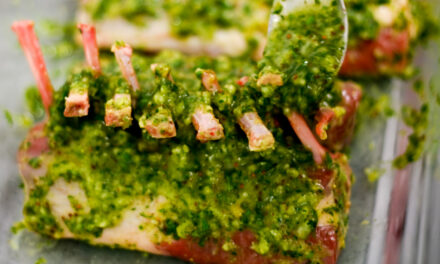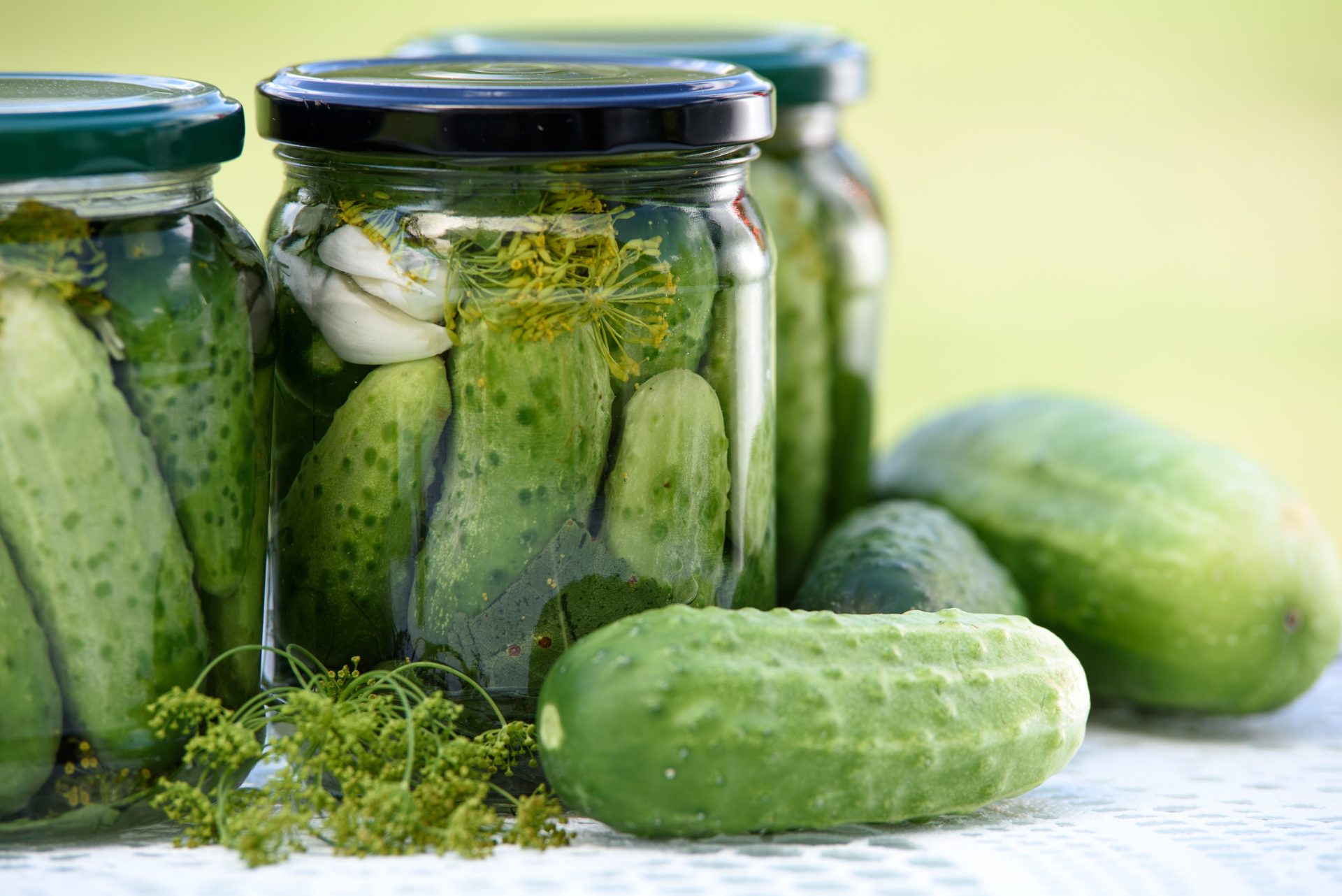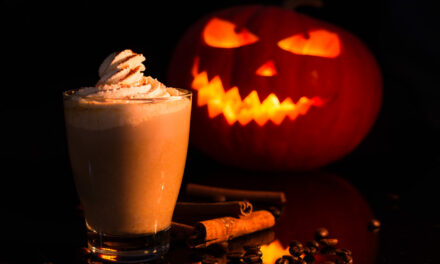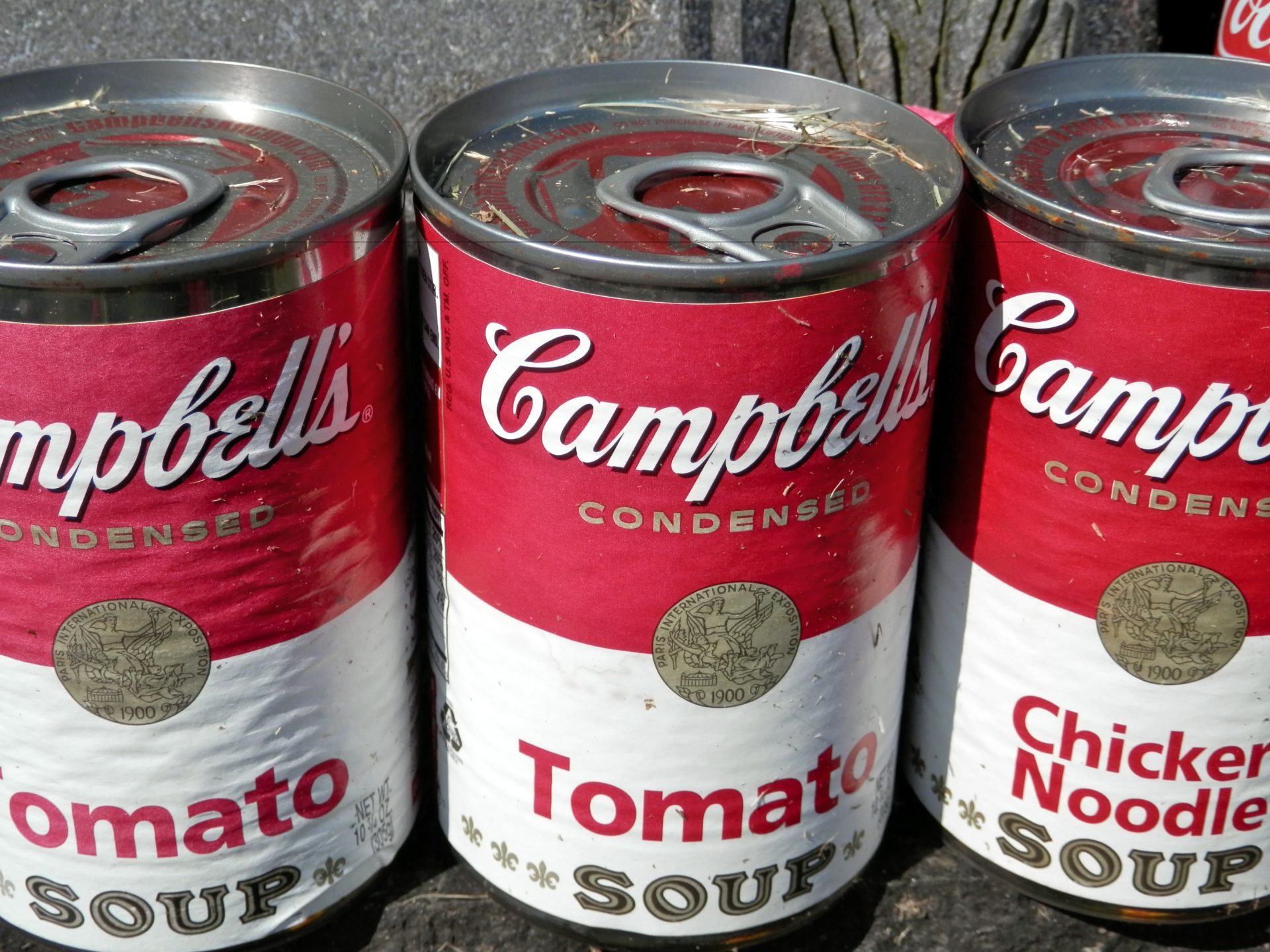Street Food in Lima, Peru, photo by Lorette C. Luzajic 2016
The Hangman’s Meal: a Brief History of the Last Supper
In 1559, in Cusco, in south-east Peru, near the Sacred Valley of the Andes mountains, construction began on a cathedral founded by Spanish conquistadors over the ruins of the Incan palace, Kiswarkancha, a temple where the great god Viracocha dwelled.
Cusco ultimately became well-known around the world for the escuela cuzqueña, the Cusco School of Art, an exquisite fusion of European painting and the unbelievable talent of the locals. Artists native to the region worked for the church and learned the techniques of the colonizer. But their work naturally contained local and personal style, and lore. Centuries later, we are still fascinated by the beautiful, syncretic works that ripple with regional symbolism and customs under the more familiar Biblical stories.
The Cusco cathedral is filled with countless precious paintings and other works of art. A remarkable example is the Last Supper, by master artist Marcos Zapata, painted in 1753. Tourists pilgrim to the site in part to see this particular work. The theme depicted is common in Christian art, of course. What’s remarkable about this one is the regional flavour of the meal. That is cuy on the plate, pronounced coo-ee, otherwise known as guinea pig. It was an Incan delicacy from the 12thcentury on, and is still commonly eaten in Peru today.

The Last Supper, by Marcos Zapata (Peru) 1753
Some historians suggest that the little fella on the plate is a viscacha instead. This chinchilla relative was (and is) tradition cuisine as well. Resembling a blend of rabbit and squirrel, this game was quite tender. But the painter’s rendering resembles the cuy, and guinea pigs were important to Incan ancestors in sacrificial rituals at agricultural festivals.
Whatever it was, it wasn’t the Passover classic of fire-roasted lamb.
The Zapata work is one of many depictions of local culinary fare in last supper paintings. There were a couple of reasons for this. One is that is inevitable that familiar and essential aspects of a maker’s identity show themselves. Another was that giving folks culturally and spiritually relevant imagery that they recognized made evangelism an easier task. Showing food that was familiar to the people of the Andes made the characters and messages being presented more relatable by connecting them with the people’s own stories.
We can be fairly certain about what Christ was actually eating at his last meal, because he and his apostles were Jewish and it was the feast of the Passover. Archeologists Generoso Urciuoli and Marta Berogno studied the regional customs of Jerusalem two millennia ago and concluded in their book, Gerusalemme: l’Ultima Cena (Jerusalem: the Last Supper) on a meal of lamb, unleavened bread, bean stew, bitter herbs, fish sauce, and wine.
Christ’s supper ritual is deeply symbolic to over two billion people who are Christians, because it took place before his execution. The most sacred ritual of Christianity is the eucharist, where a morsel of bread and a sip of wine or grape juice are consumed in memory of this event.
It is also assumed to be the basis of a widespread tradition known as the “special meal” in which prisoners on death row choose their last meal before they are executed.
This custom is widely practiced in America, but it is not an American tradition. It is actually quite widespread, in many nations that have capital punishment. And it is not a European or Christian tradition, either, but something that has origins in ancient history.

Gladiators at a Banquet, by Giovanni Lanfranco (Italy) 1638
The day before gladiator fights in ancient Rome, there were public banquets, or coena libera, in anticipation that the meal might be their last. Funeral banquets were held in front of other kinds of dead people, too, while they waited patiently for burial. Indeed, some lucky Romans were buried with a special tube though a hole in the ground and the box, connecting the corpse with the ground above, so loved ones could pour bread and wine through the tube and keep them nicely fed.
A version of this libations tradition is widespread even today, in the custom of pouring a shot of alcohol onto a loved one’s grave.
In ancient Greece, the condemned were well fed, so that they would not be hungry on their journey across the River Styx, and return to haunt their executioners. Folks who died innocently were not left out: leaving milk, honey, fruit, and meat on graves was widely practiced by Greeks.
Such beliefs and actions were in fact commonplace. You didn’t have to be put to sleep by the state in order to get good grub in ancient Babylon, or many other cultures in and around Mesopotamia. Some customs had culinary offerings for the dead and buried on a monthly basis, to prevent hungry ghosts. High status folks in Egypt were buried with baboons, crocodiles and game to keep them well nourished in the next world. In addition to bread, barley, figs, dates, melons, and grapes, four dozen cases of beef and birds were found in King Tut’s grave. It was not unusual to afford the meat the same mummification as the deceased!

Tomb of Tutankhamun, Valley of the Kings, November 1922
But we go back further still into the mists of time in China. From 5000 BC, the dead were buried with food and vessels for it. This is still occurs sometimes today, even with cremations.
Back in the Andes of South America, there were infamous qhapaq hucha child sacrifices. The victims were fed well for weeks or months, not just one meal! These important ceremonies of the Inca people took place to appease the deities and prevent natural disasters, as well as to mourn or celebrate births and deaths in the lineage of the emperors.
Archeologists examining some well-preserved mummies from Incan human sacrifices around 1500, found on Mt. Llullaillaco (on the border of Argentina and Chile today), show that it wasn’t a last meal per se, but that in the weeks and months before the ritual slaughter, young virgins were fed on high-status foods like maize and meats, along with chicha and coca leaves. The evidence suggests that the drugs were to help with the pain, and the extra nourishment was to help her navigate the transition from earthly body to ancestor spirit. There were special ceremonies in Cusco, then the children were taken to the Andean peaks where they would ultimately watch over their world, after being bludgeoned to death or freezing in the frigid mountain air.
Eighteenth century Germany, and others, had a unique custom known as the Hangman’s Meal. The condemned prisoner sat down to their final feast with the officials responsible for the sentence, and sometimes, with the one who carry it out. In Lapham’s Quarterly, Brent Cunningham reported on the 1772 banquet for Susanna Margarethe Brandt, who dined with six officials and judges: there were fried sausages, beef, baked cap, fatty roast veal, bread, cabbage, and soup, along with wine.
This custom shares parallels with the one known as St. John’s Blessing, where a person facing execution shares a glass of wine with the executioner, named for John the Baptist who offered forgiveness to those about to behead him (foreshadowing the crucifixion where the condemned Christ said from the cross, “Father, forgive them, for they know not what they do.”)
Last supper traditions seem to be as old as human history, and are seen around the globe. And human nature being what it is, many of us feel morbid curiosity on the matter. Inquiring minds want to know: what’s for dinner?

Last Supper Plates by Julie Green (USA) 2011 CC BY-SA 2.0 via Flickr
Oregon artist Julie Green painted over 800 plates to create a fascinating installation on this very question. Green, who has since passed away, aspired to create a plate for every condemned prisoner’s meal, for which we have a record, in American history. She intended to continue creating the plates as new executions took place. Each plate marked a life, and the request depicted on it told us something about their story.
The recorded meals are not representative, of course, of all the inmate deaths. Texas has the most executions of any state but no longer honours the final meal custom. In 2011, white supremacist killer Lawrence Russell Brewer ruined it for everyone else when he ordered chicken fried steak, a triple decker bacon cheeseburger, fried okra with ketchup, a meat lover’s pizza, and three root beers…among other items. But he refused to eat a single bite. The state reconsidered their meal plan from that day on.
Jackie Black, an American photographer, created a series of photography, representing famous last meals on a stark black background.

Mint Chocolate Chip Ice Cream, by Famartin, CC BY-SA 4.0 via Wikimedia Commons
Henry Hargreaves is another artist who created related artwork, driven by empathy for the condemned. He staged the final meal requests of various notorious death row inmates and then photographed them for his No Seconds series.
His photos reveal some intriguing details. Timothy McVeigh, responsible for the Oklahoma City bomb and 168 lives, chose wisely: two pints of mint chocolate chip ice cream.
After the bodies of 26 teenage boys were found in the crawlspace under his house, with many more scattered in the yard and the nearby river, John Wayne Gacy met his maker by lethal injection in 1994. The former Kentucky Fried Chicken manager had also worked as a clown named Pogo, visiting sick kids in hospitals, as an artist who painted poinsettia and the seven dwarves, and as an attendant at the morgue. His special meal included fried shrimp and a bucket of KFC with strawberries.
Victor Feguer dialled random physicians from a phone book, claiming a woman required medical attention, until one responded. He kidnapped that doctor, shot him, and dumped him in a cornfield. He was hanged in 1963. Victor ordered a single olive with a pit inside, claiming it was a symbol of hope for peace, and that an olive tree would grow out of his grave. (Whether this touching story was known to Robert Anthony Buell, who kidnapped, raped and killed little girls, is not clear. Buell was terminated by lethal injection in 2002, and his last meal request was the same as Feguer’s.)
The plate paintings of Green and the photographic art of Hargreaves and Black are interesting attempts to grapple with the personal and philosophical considerations of life and death, exploring the deeper meaning of a simple menu request in the context of the last meal.
But the public’s appetite for details, the gory and the mundane, about criminals, is voracious. (Full disclosure: I am guilty as charged!) To satisfy that need to know, there is an endless parade of true crime paperbacks, documentaries, oddity collections, serial killer trading cards, action figurines, interviews with psychiatrists and ministers and lawyers for their expert opinion, and Internet accounts including Wikipedia. The details of the final menu of thousands of condemned prisoners from around the world are everywhere.
The request of the Vampire of Hanover, who was executed by guillotine in Germany in 1925, was a simple one: a cup of coffee and a fine cigar.
No one knows the number of young boys molested and killed by Friedrich Harmaan. He was himself not sure how many. Parts of 24 were found and confirmed. He said he was consumed by a rabid sexual passion that culminated in biting the Adam’s apple of his victims until they bled out. He then spent a few days dissecting the body, which he sometimes disposed of in the river. He was known to earn money selling black market meat, and often gave strange tasting sausages to his landlady and others.
At his sentencing, he addressed the court. “Condemn me to death… Make it short; make it soon… I will not petition for mercy, nor will I appeal. I want to pass just one more merry night in my cell, with coffee, cheese and cigars, after which I will curse my father and go to my execution as if it were a wedding.”
Hideki Tojo, a prime minister of Japan and military leader, was hanged for treason and war crimes in 1948. His last request was for grilled fish with rice and miso soup.
Accounts vary on whether or not Saddam Hussein actually ate his final meal of chicken shawarma with rice, before he was hanged in 2006 for crimes against humanity. Hussein’s “Palace of the End,” the Abu Ghraib prison in Iraq, was a notorious locale for torture. One of the dictator’s favourite methods was chaining an inmate under an acid drip so that he could erode slowly. Hussein killed at least 250 thousand of his fellow Iraqis in the most creative ways, just a small fraction of his crimes.
James Barney Hubbard of Alabama was terminated by lethal injection in 2004 for the robbery and murder of Lillian Montgomery, who had sponsored his release from prison for a previous murder. He asked for and received fried eggs, bacon, sliced tomatoes, fried green tomatoes, pineapple slices with mayonnaise, a banana, and a glass of V8 juice.
Black widow Rhonda Belle Martin killed several of her multiple husbands with rat poison (another survived as a paraplegic) and five of her children. She said she liked receiving sympathy cards in the mail. She was electrocuted in 1957, after enjoying hamburger, mashed potatoes, and a cinnamon roll the night before.

Cheese Puffs, by Mike Mozart CC BY 2.0 via Flickr
Margie Velma Barfield also used rat poison, and arson, to kill a couple of her husbands (with a third dying from unexplained sudden heart failure a year into their marriage) and some elderly people she worked for. Before her lethal injection in 1984, she asked for a bag of Cheez Doodles and a Coca Cola.
John Deering of Utah was executed by firing squad in 1938. His special meal request was pheasant.

Still Life with Pheasant, by Jean-Baptiste Chardin (France) 1728
Gerald Lee Mitchell was only seventeen when he shot two other teens, after leading them to a vacant house under the pretense of selling them marijuana. One survived. Mitchell murdered another person later that afternoon. For his last meal before his 2001 execution, he ate a bag full of Jolly Ranchers.

Jolly Ranchers, by Mene Tekel, CC BY 2.0 via Wikimedia Commons
Thomas J. Grasso, executed in 1995 for murder, was an unsatisfied customer. His special meal included two dozen steamed mussels, two dozen steamed clams, a double cheeseburger, a half-dozen barbecued spare ribs, two strawberry milkshakes, half a pumpkin pie with whipped cream, a can of spaghetti, and diced strawberries. He stated for the public record that he had specifically requested a can of Spaghettios and received generic canned spaghetti.
Steaks, from sirloin to T-bones, are a popular last request, and have been served with the special meals to countless condemned men. Murderer Ronald Clark O’Bryan had his with fries and ketchup, corn, sweet peas, a lettuce and tomato salad with sliced egg and French dressing, Saltine crackers, iced tea, and Boston cream pie. Serial killer Stephen Peter Morin had his with a baked potato, peas, and banana pudding. Ted Bundy did not put in an order, but he was given steak, eggs, and hashbrowns, which he declined.

Giant T-Bone Steak, by Erwyn van der Meer CC BY-NC-ND 2.0 via Flickr
In “The Strongbox” episode of Seinfeld, Elaine Benes mused over the possibilities of her own selection, should the day come that she needed to make one. She would choose her menu based on the method of execution. “I mean, if I was getting the chair, I’d go for something hot and spicy. You know, Thai, maybe Mexican. Lethal injection, feels like pasta. You know, painless, don’t want anything too heavy.”
Bon appetit…

Jail Food Hong Kong Sumn Lyorwo 2018, CC BY-SA 4.0 via Wikimedia Commons







